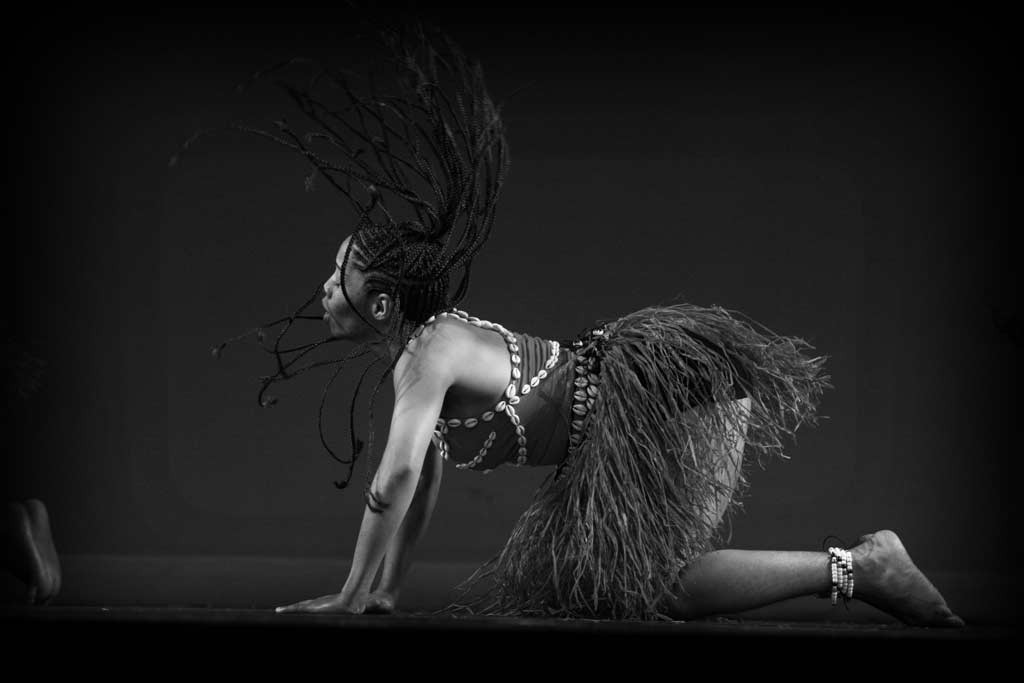 Intricate West African mask, representative of the rich cultural dance traditions like Mapouka
Intricate West African mask, representative of the rich cultural dance traditions like Mapouka
The term “twerking” has become ubiquitous in popular culture, often associated with provocative performances and viral videos. Urban Dictionary’s tongue-in-cheek definition describes it as “rhythmic gyrating of the lower fleshy extremities in a lascivious manner.” The dance form gained significant mainstream attention, and not always for positive reasons, following a much-discussed awards show performance by pop icon Miley Cyrus. This event sparked conversations about cultural appropriation and the perception of Black culture, particularly when viewed through the lens of media representation. What often gets lost in these discussions is the deep historical connection of dances like twerking to rich African and Afro-diasporic traditions. To truly understand twerking, we need to explore its origins and recognize its links to dances like the Mapouka Dance from Côte d’Ivoire.
The term “twerking” itself emerged from the vibrant bounce music scene of New Orleans in the early 1990s. It was a high-energy, celebratory dance performed at parties, joining the ranks of other popular dance crazes like the cat daddy and the dougie. These dances, characterized by hip thrusts and rhythmic movements, were all about expressing joy and energy through movement. Interestingly, modern twerking shares remarkable similarities with Mapouka, a traditional dance originating from Côte d’Ivoire in West Africa. Mapouka, often cited as a predecessor to twerking, is a dance with centuries of history, deeply rooted in African culture.
So, what exactly is the Mapouka dance? This traditional West African dance is characterized by a series of intricate movements that heavily emphasize the buttocks and hip isolations. More than just rhythmic gyrations, Mapouka requires significant skill and control, demanding precise muscle isolation and coordination. Historically, Mapouka was a celebratory dance, performed during festivals and significant social events by various African communities. It held a respected place in society, even believed by some to facilitate connections with the divine. Beyond its celebratory function, research indicates that Mapouka also played a role in courtship rituals, serving as a dynamic way for young men and women to assess potential partners through dance.
However, the perception and practice of Mapouka have evolved over time, particularly in the modern era. While its roots are in communal celebration and cultural expression, contemporary Mapouka has, in some contexts, become increasingly focused on its mating and sensual aspects, sometimes adopting a more sexualized and Westernized approach. This shift has led to controversy within West Africa itself. In some regions, the dance has been viewed negatively by authorities, even being described as socially disruptive. Mapouka faced bans and restrictions in countries like Togo and Niger, and was even briefly prohibited from being broadcast on Ivorian Television. Therefore, the next time you hear about “twerk sessions” or see the dance in popular media, it’s crucial to remember and respect its deeper cultural heritage. Understanding the Mapouka dance provides valuable context to appreciate the rich history behind what is now globally recognized as twerking.
